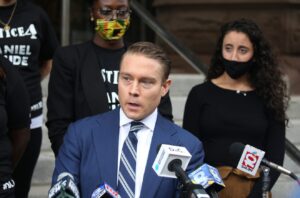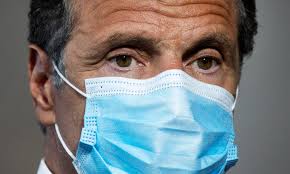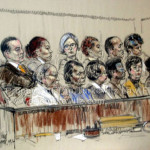
Every trial lawyer knows the drill: Some jurors have preconceived notions of what the verdict should be long before summations. They seek, during the trial, for little more than select facts to confirm what they already believe in their hearts.
There are others, for sure, that do what they can to keep that open mind. They want to first get every fact, and then decide the issue.
Confirmation bias and science are polar extremes.
Confirmation is obvious in politics as so many will do what they can to justify the conduct of those on their “team.” We see this every day.
Perhaps the easier way to see it is that it often rears its head with this thing we call personal relationships. We meet someone and, perhaps, we really, really, really want it to work out. It’s very hard to see the bad when someone smiles at us just so. We see the good “facts” and ignore the bad.
When framed in the context of romantic relationships some are more likely to understand the concept.
It would be fair to call confirmation bias in this manner little more than human nature. We want to be happy. And it keeps matrimonial lawyers very, very busy.
So we turn to the recently approved COVID vaccine. No longer under emergency use authorization.
You would think that those screaming it was experimental, as an excuse to be anti-vax, would now be silent. Well, you would think that only if you were thinking in terms of facts and science. Not emotion. Not what the heart really, really wants to believe.
Anti-vaxers continue to persist in the face of science, coming up with continued reasons for why it is bad (which I refuse to link to).
Some will come up with the idea that they have great immune systems and that it can’t possibly happen to them. Others have a variety of tin foil hat conspiracies that defy Occam’s razor. Or see a history of government malfeasance. Some are just scared.
This is a problem exacerbated by social media and search engine algorithms that feed us information that we’d previously searched for, thereby reinforcing with “facts” that which we’d already decided.
Human emotion is tough to alter. In the courtroom, we can look jurors in the eye and explain that it must be the head that makes the decision and not the heart. Listen to all the evidence.
And in the courtroom we can (hopefully) debunk junk facts and junk science with cross-examination.
We can also, perhaps most importantly, alert jurors (starting with jury selection) that this process may occur. If the head sees confirmation bias coming, we hope it will alert the heart. (Of course, if you have lousy facts and are defending, you might want the heart to be making that decision.)
Getting rid of such potential jurors is obviously the first priority, but when people are unable to recognize confirmation bias in themselves, they believe they are being fair and impartial. Finding them is not always easy.
Getting people to recognize that confirmation bias is human nature, that we all want our preconceived notions to be verified with fact and to be on the lookout for it, is sometimes about the best we can do. Because it is also human nature that the more people hammer you to change your mind, the more you resist.
It’s the type of thing people must recognize in themselves. You can lead the horse to water, but…
I’m not so self-centered that I believe I can persuade an anti-vaxer to give up the constant hunt for any kind of “fact” that supports what the heart has already decided. They do approach the issue, after all, in different ways.
But perhaps, just maybe, an appreciation of how confirmation bias impacts all of us in our daily lives may cause some to take step back and re-visit an issue the heart had already decided.
And maybe, just maybe, that horse will drink on its own.



